Five Tips for Preparing Your 2018 Tax Return and Saving On Future Taxes
Seemingly, creating your tax returns continues to only get more complicated and this year is no exception. Here are some tips to guide you through the process, and maybe even save for next year.

It's tax return time. Make sure you're not only doing them right, but looking to save on future taxes.
Many people will find preparing their tax returns more challenging this year because of the new law. It’s the first year for returns under the Tax Cuts and Jobs Act, and even tax pros and the IRS are still catching up.
The law is supposed to simplify taxes, and indeed, far fewer taxpayers will be able to use itemized deductions under it. But there are some new wrinkles that complicate matters, even if you’re no longer itemizing.
Here are some key tips to prepare for your new tax return.
Gather all your documents
If you prepare your own return, double-check to make sure you’ve entered all numbers properly. This is one bit of advice that never changes.
Not even tax software can be counted on to be 100 percent accurate this year. If your situation includes something a bit unusual, the software may not handle it right. For instance, I’ve seen income from state-tax refunds calculated improperly.
Don’t count on getting a big refund this year
You may get less. People often hear the words “tax cut” and think it means a bigger refund. Employers, however, reduced the amount of tax withheld from paychecks last year. Since less was withheld, your refund may be about the same as last year’s. It may be smaller or larger. You won’t know until your return is done.
Know how much you can deduct
For many self-employed people and small-business owners, the new 20 percent deduction on qualified business income is straightforward. But it’s complex for high earners.
The new law creates a new type of income called qualified business income (QBI). The vast majority of people who are full- or part-time sole proprietors, including consultants, freelancers and even Uber drivers, are eligible for the QBI deduction. It’s also available if you have an interest in a partnership, S corporation or most limited liability companies (LLCs).
The deduction is available to all single people with QBI whose taxable income is below $157,500, or $315,000 for married couples filing jointly. Above those thresholds, it gets complicated because taxpayers need to meet additional criteria to qualify for the QBI deduction. Above the phase-out zone, individuals with a specified service business do not qualify for the QBI deduction at all.
If your 2018 income exceeded the threshold, consult a qualified tax professional about how to deal with gray areas and take the actions needed to get the maximum legal deduction.
By the way, the deduction is a little less generous than advertised. One-half of your self-employment (Social Security and Medicare) tax is deducted from your net business income to calculate the QBI on which the 20 percent deduction is figured. There are also other adjustments, so by the time you get done, the deduction may be lower than 20 percent of what you think of as your business income. But it’s still a great deal.
Use your 2018 return to plan for long-term tax savings
Once you’ve completed your return, use it to create a strategy to reduce your taxable income in future years without reducing your actual income. Tactics include:
- Decrease your earned income by contributing to your 401(k) or a similar plan.
- Reduce your adjusted gross income (AGI) by making a deductible contribution to an IRA or a qualified retirement plan for the self-employed.
- Decrease your taxable portfolio income by taking steps such as investing in tax-efficient mutual funds or ETFs.
- Reduce your taxable income. One tactic is to make several years’ worth of charitable contributions in one year so that you’ll be able to itemize deductions that year instead of making nondeductible contributions over multiple years.
Consider hiring a tax pro this year
If your tax return is simple and you file form 1040EZ, for instance, you may be able to do it yourself, with or without software. But if your return is more complex and you usually prepare it yourself using software, this year may be the one year you’ll want to hire a pro—especially if you have QBI.
A good tax preparer can provide you with peace of mind, ensuring that your return is prepared in compliance with the rules and regulations. A pro may even help identify tax benefits that you might miss with do-it-yourself software.
Anyone can legally offer tax services, but not everyone will do a good job. Look for a preparer with one or more of these credentials: IRS Enrolled Agent (EA), Certified Public Accountant (CPA) or Certified Financial Planner (CFP®).
For more personal finance tips, read on here!
Benjamin Sullivan, Certified Financial Planner (CFP®), IRS Enrolled Agent (EA), is a client service and portfolio manager with Palisades Hudson Financial Group’s Austin, Texas, office. He wrote the chapter on federal income tax in the firm’s newly revised book, “Looking Ahead: Life, Family, Wealth and Business After 55.”
Palisades Hudson is a fee-only financial planning firm and investment manager based in Fort Lauderdale, Florida with $1.4 billion under management. It offers financial planning, wealth management, and tax services. Branch offices are in Stamford, Connecticut; Atlanta, Georgia; Portland, Oregon; and Austin, Texas. Its Entertainment and Sports Team serves entertainers and professional athletes. The firm’s daily blog and monthly newsletter covering financial planning, taxes and investing are online at www.palisadeshudson.com.
ACTIVA BioACTIVE Bulk Flow Marks Pulpdent’s First Major Product Release in 4 Years
December 12th 2024Next-generation bulk-fill dental restorative raises the standard of care for bulk-fill procedures by providing natural remineralization support, while also overcoming current bulk-fill limitations.
















